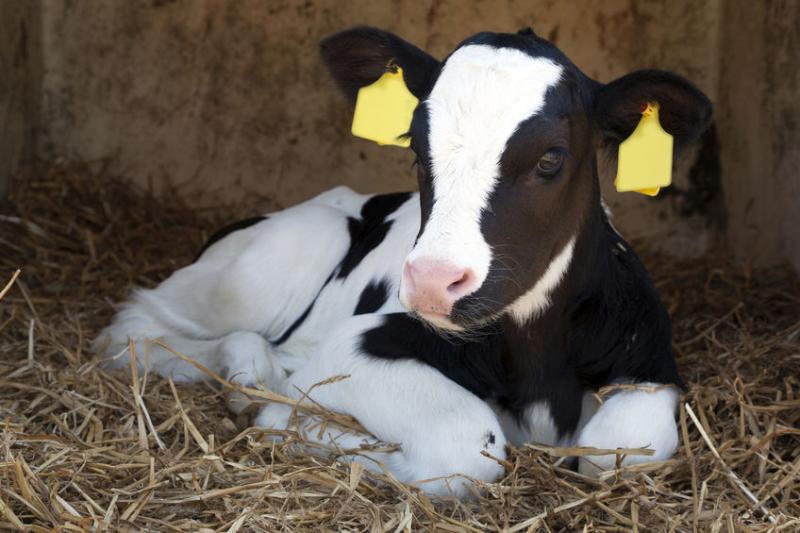
Figures show that the number of freshly calved dairy cattle going through auction markets has been steadily declining since the start of last year.
A shrinking milking herd and a smaller pool of replacement livestock is likely limiting supplies of available cattle, analysis by AHDB Dairy shows.
It shows that while Holsteins are the most popular breed of dairy cow in Britain, the move towards beef inseminations has impacted this segment of the milk herd more than the whole herd.
At 1 July, the number of Holsteins in the British milking herd declined by 4.1% (41,000 head) on the year, compared to a 2.7% decline for the whole milking herd, figures highlight.
The number of freshly calved cows going through auction markets classified as ‘other dairy breeds’ has been increasing in recent months.
However, numbers are still relatively small, at around 240 head per month, AHDB says.
Other dairy breeds have gained popularity in recent years, and now account for 44% of the British dairy herd.
With the milking herd only expected to decline further, it is likely that the number of animals available in auction markets will fall further.
Movement restrictions will also limit animal availability. As such, options for acquiring freshly calved animals may be further limited, making insemination decisions on farm of growing importance to ensure their requirement for replacement stock is met, AHDB Dairy adds.
